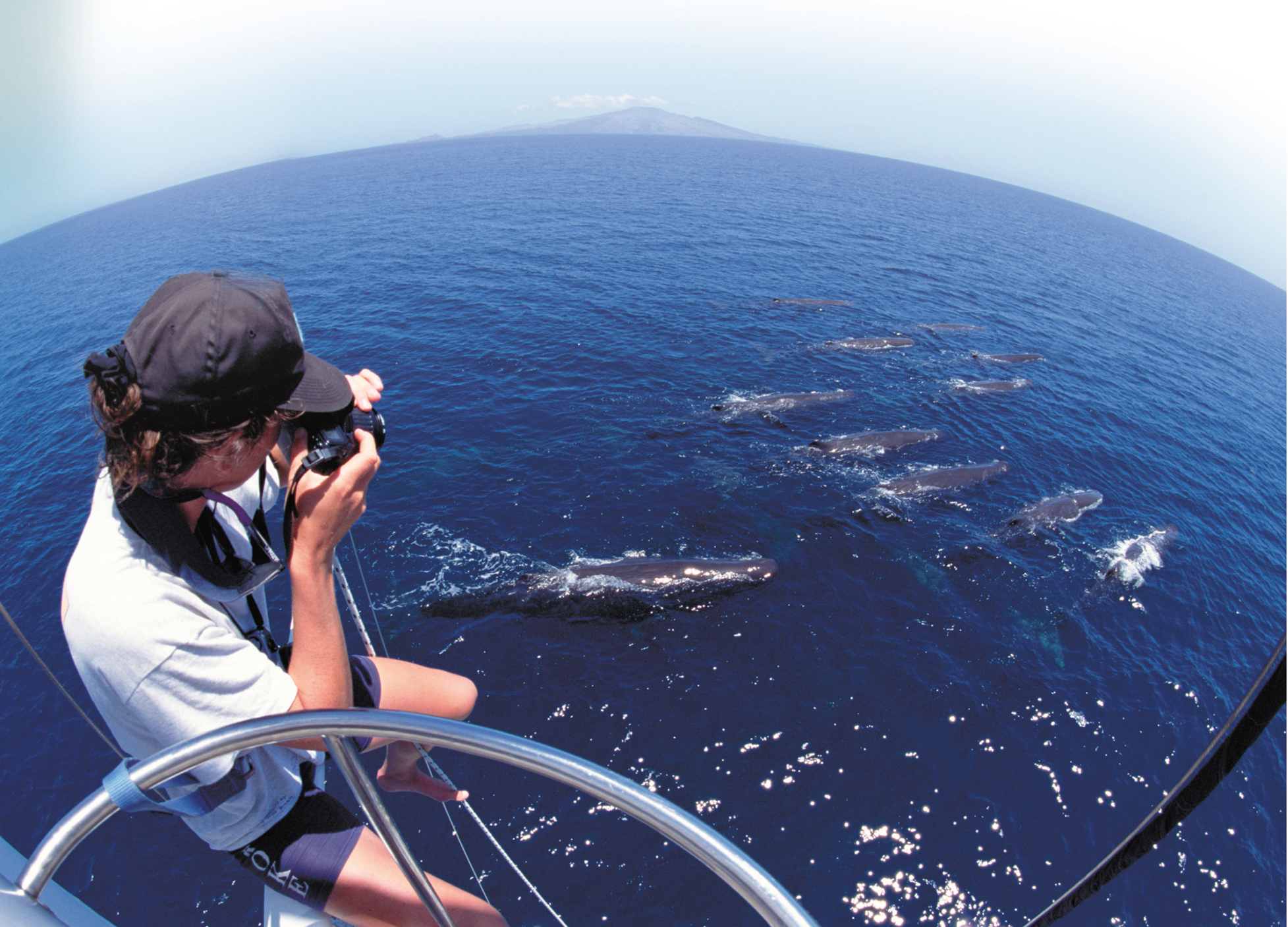
1.1 What Is Science?
 What are the goals of science?
What are the goals of science? What procedures are at the core of scientific methodology?
What procedures are at the core of scientific methodology?
science • observation • inference • hypothesis • controlled experiment • independent variable • dependent variable • control group • data
Flowchart As you read, create a flowchart showing the steps scientists use to answer questions about the natural world.
THINK ABOUT IT One day long ago, someone looked around and wondered: Where did plants and animals come from? How did I come to be? Since then, humans have tried to answer those questions in different ways. Some ways of explaining the world have stayed the same over time. Science, however, is always changing.
What Science Is and Is Not
 What are the goals of science?
What are the goals of science?
This book contains lots of facts and ideas about living things. Many of those facts are important, and you will be tested on them! But you shouldn't think that biology, or any science, is just a collection of never-changing facts. For one thing, you can be sure that some “facts” presented in this book will change soon—if they haven't changed already. What's more, science is not a collection of unchanging beliefs about the world. Scientific ideas are open to testing, discussion, and revision. So, some ideas presented in this book will also change.
These statements may puzzle you. If “facts” and ideas in science change, why should you bother learning them? And if science is neither a list of facts nor a collection of unchanging beliefs, what is it?

FIGURE 1–1 Studying the Natural World How do whales communicate? How far do they travel? How are they affected by environmental changes? These are questions whale researchers can use science to answer.

Table of Contents
- Formulas and Equations
- Applying Formulas and Equations
- Mean, Median, and Mode
- Estimation
- Using Measurements in Calculations
- Effects of Measurement Errors
- Accuracy
- Precision
- Comparing Accuracy and Precision
- Significant Figures
- Calculating With Significant Figures
- Scientific Notation
- Calculating With Scientific Notation
- Dimensional Analysis
- Applying Dimensional Analysis




